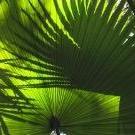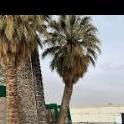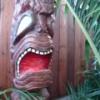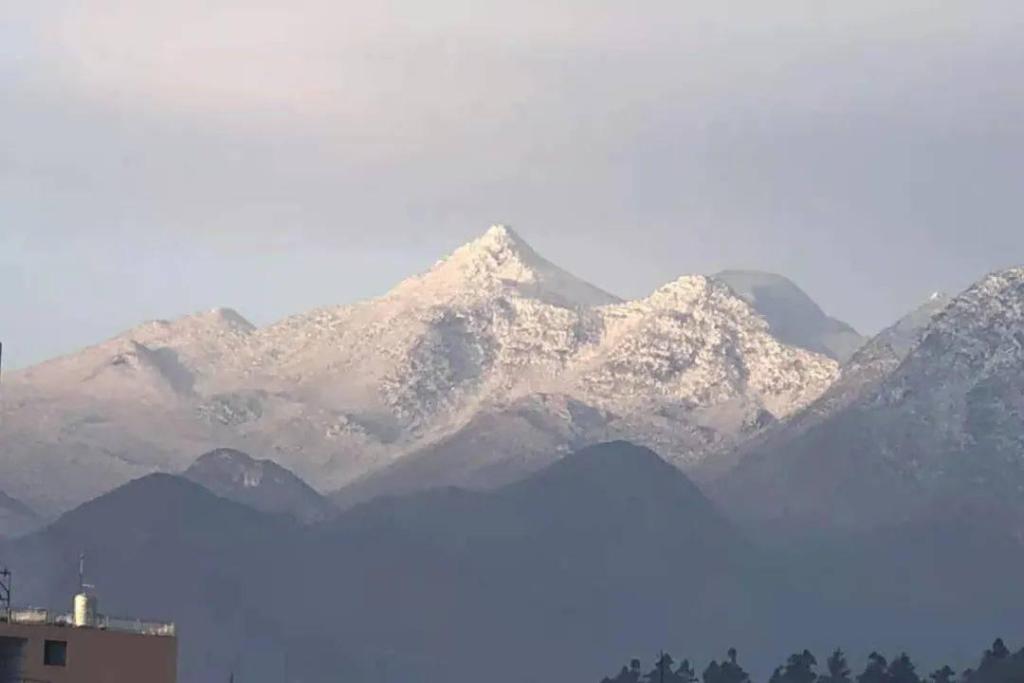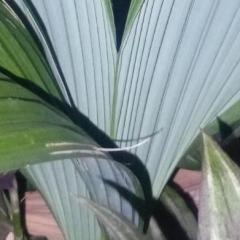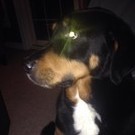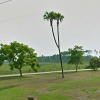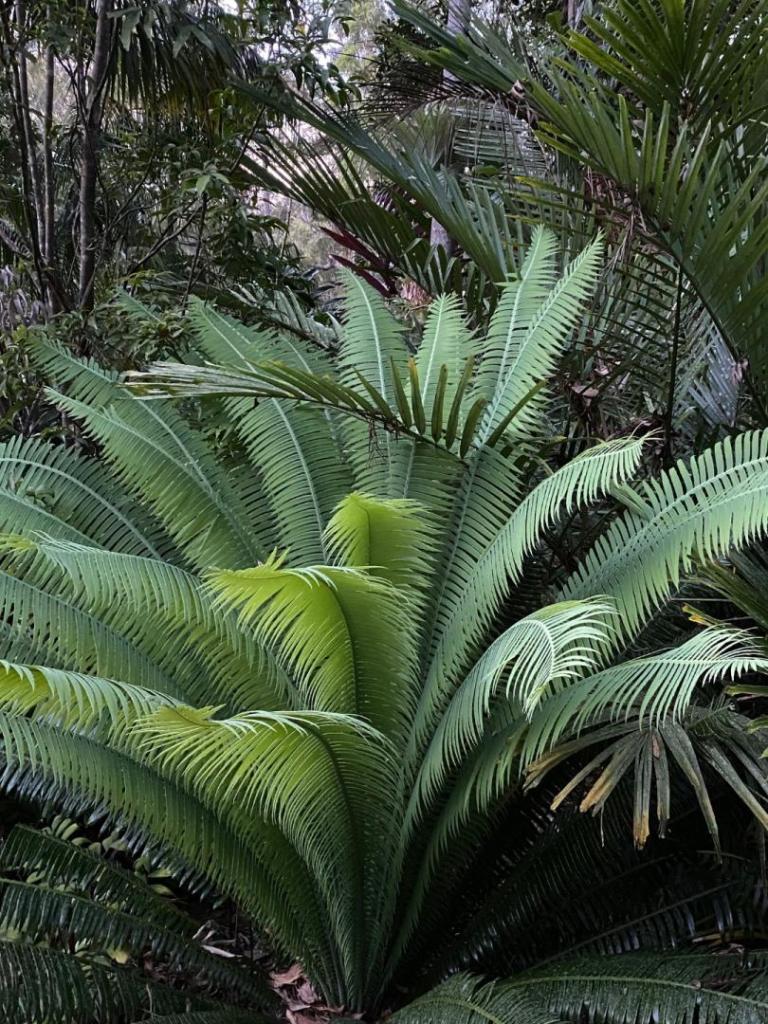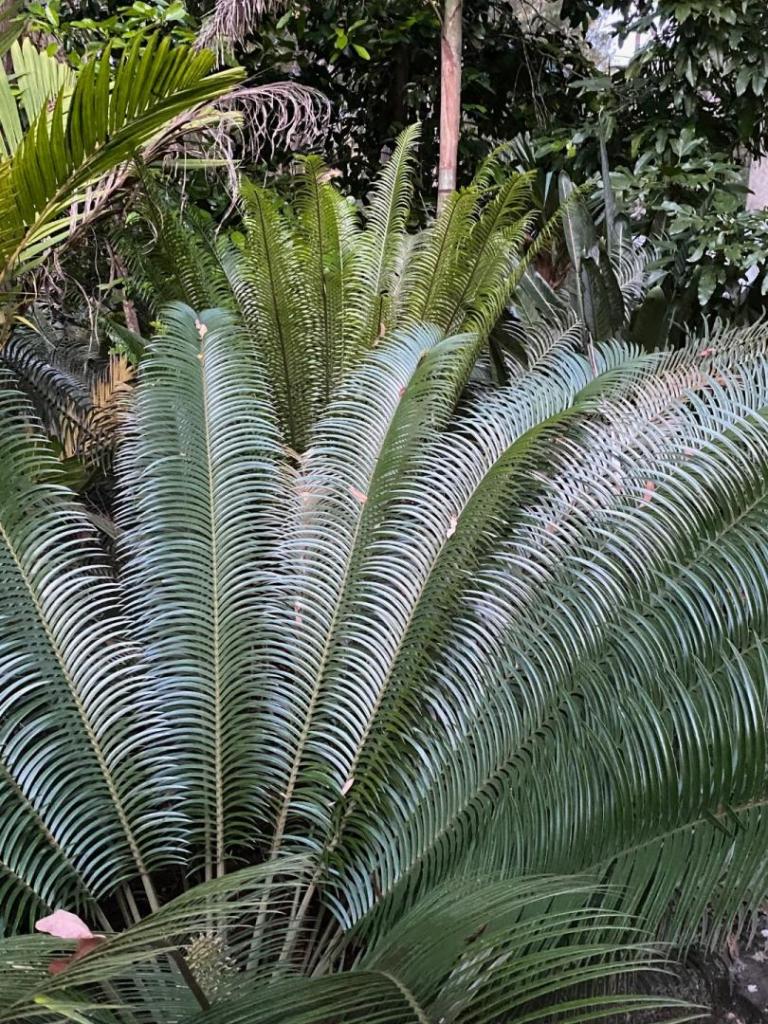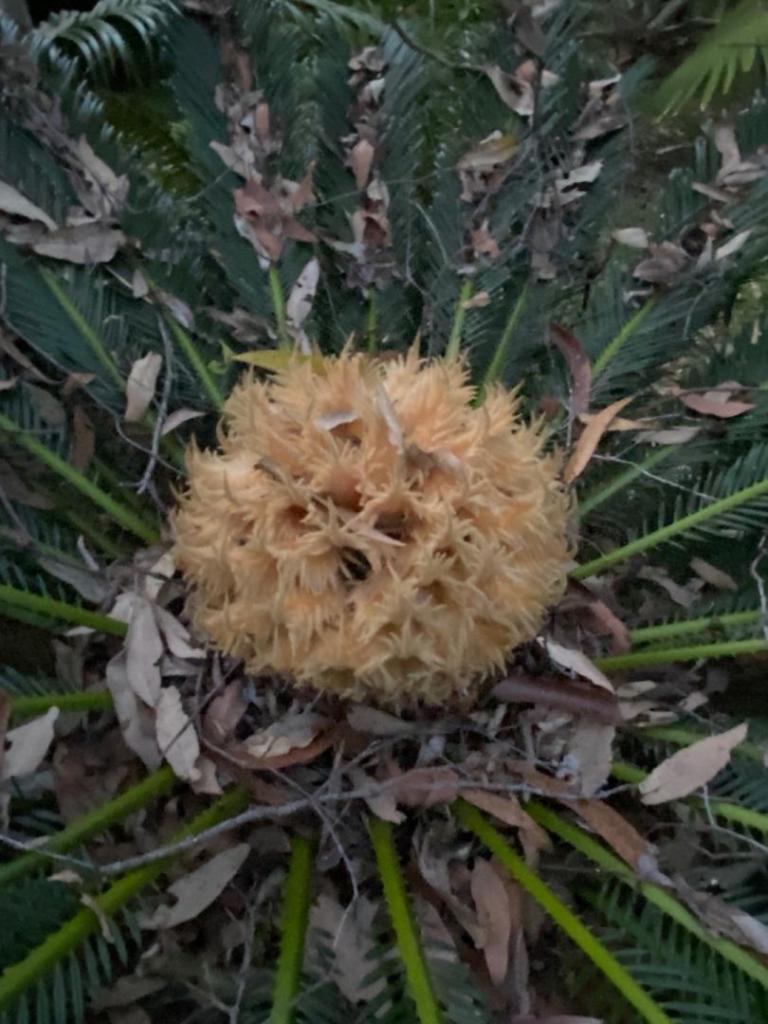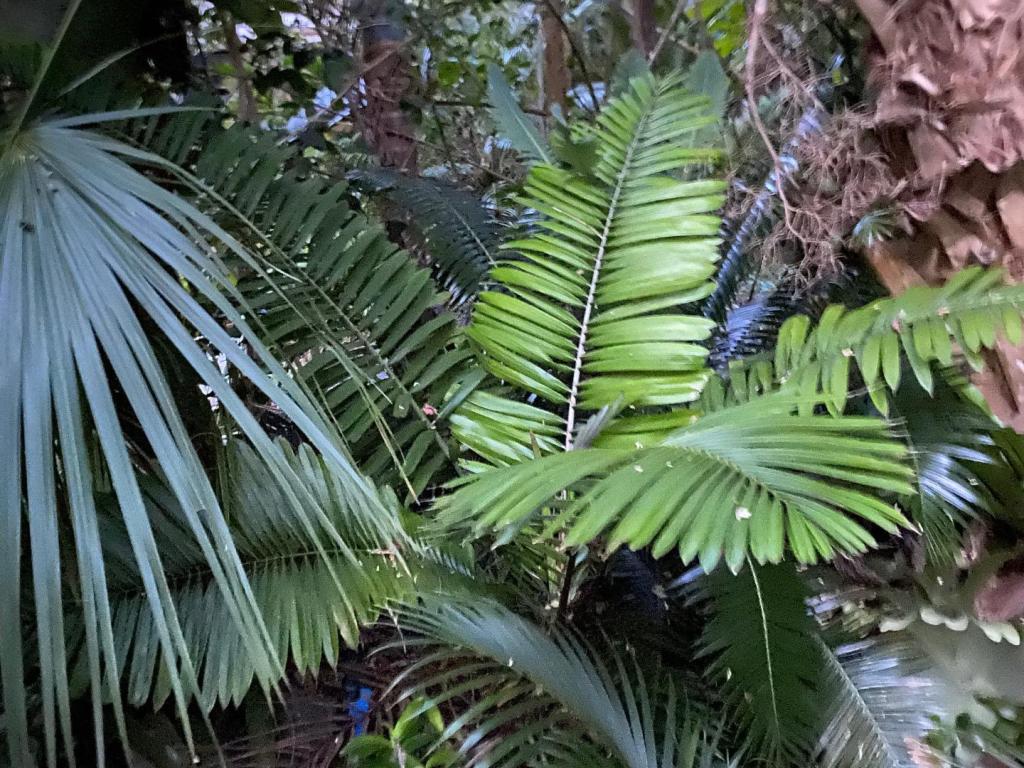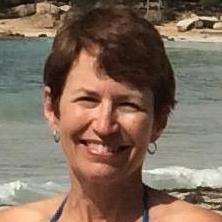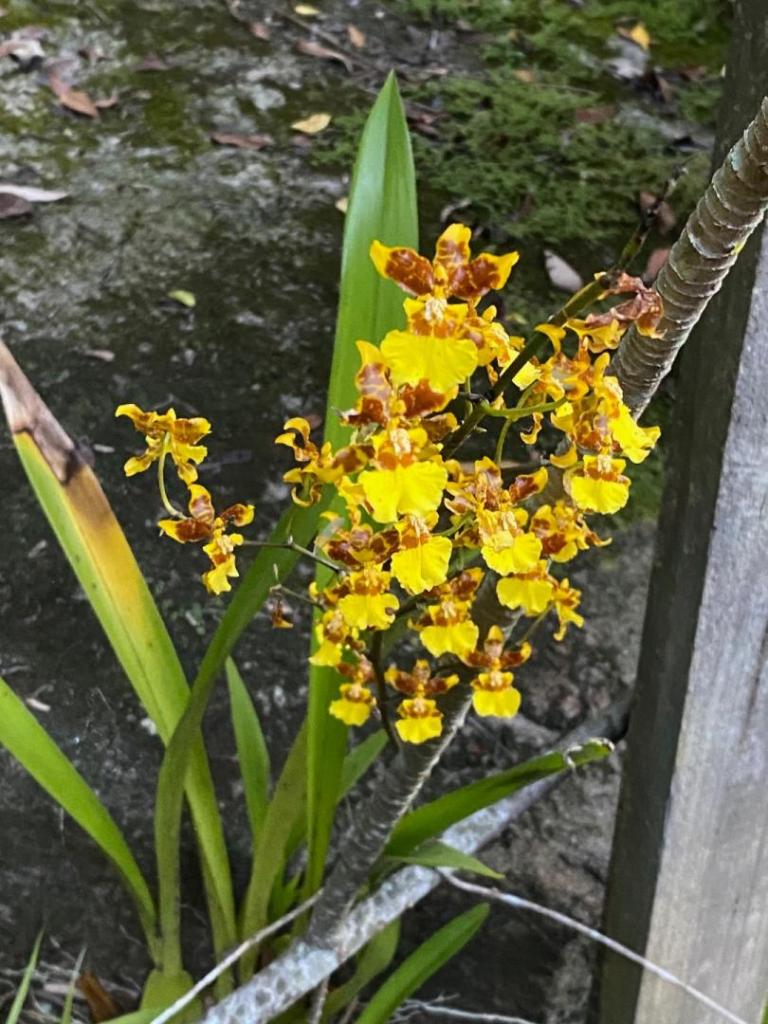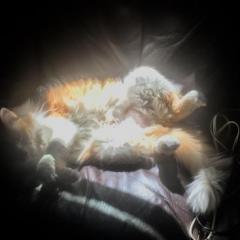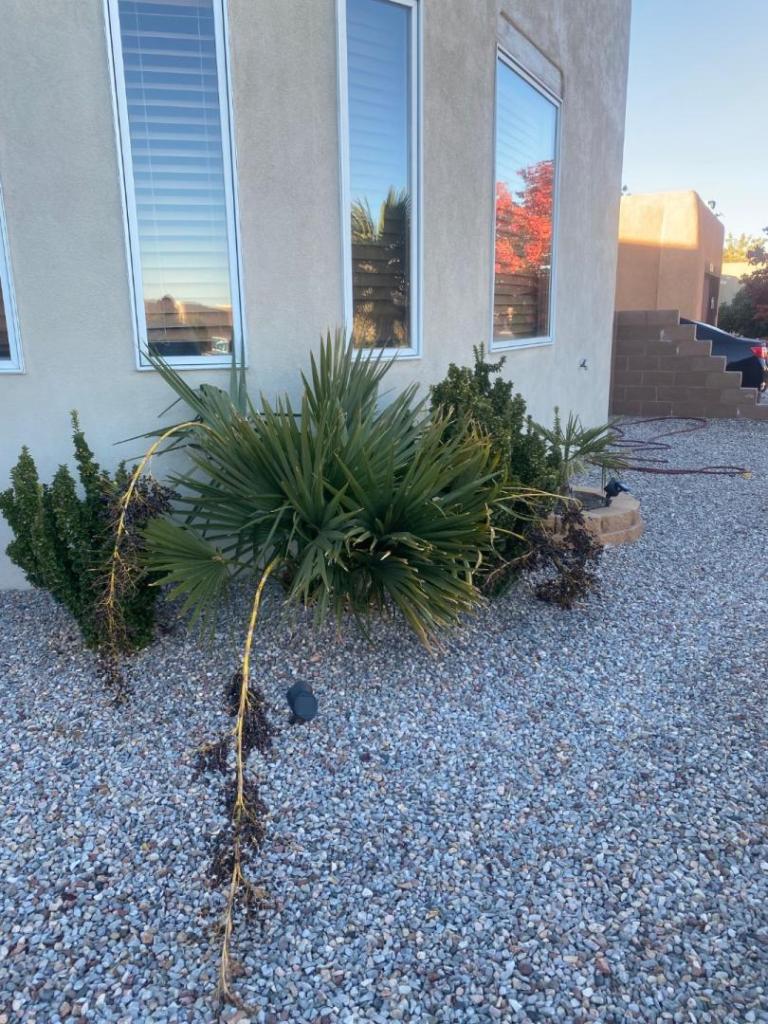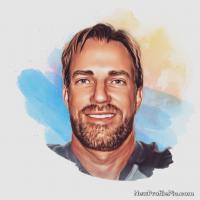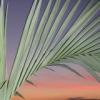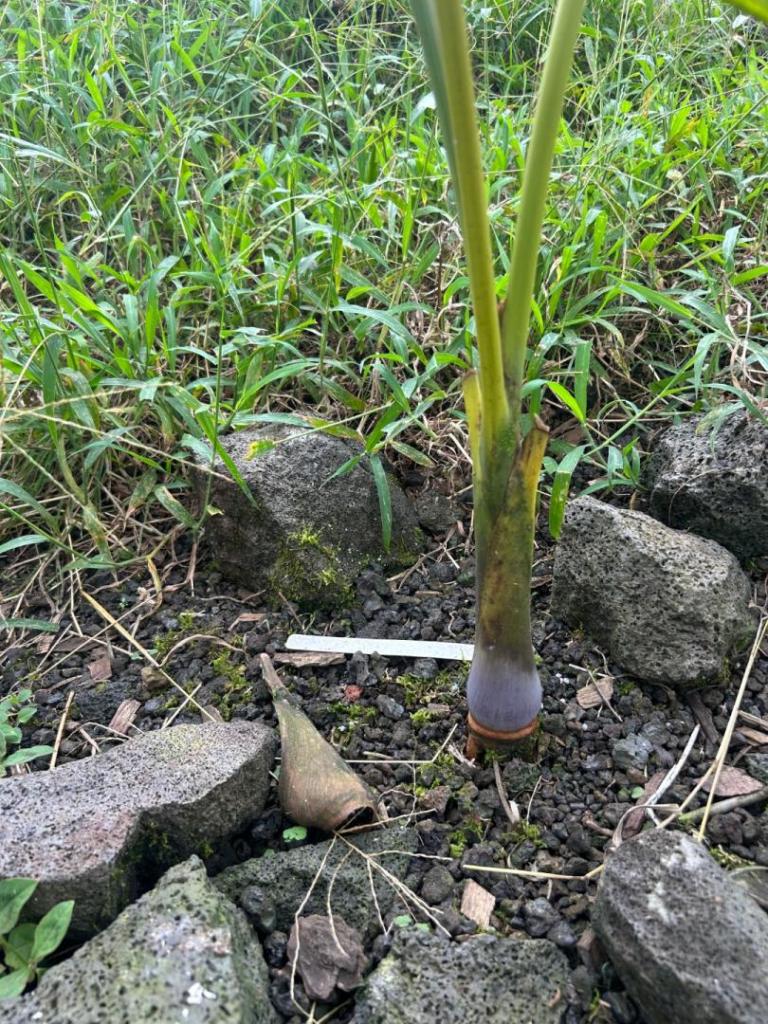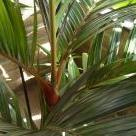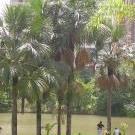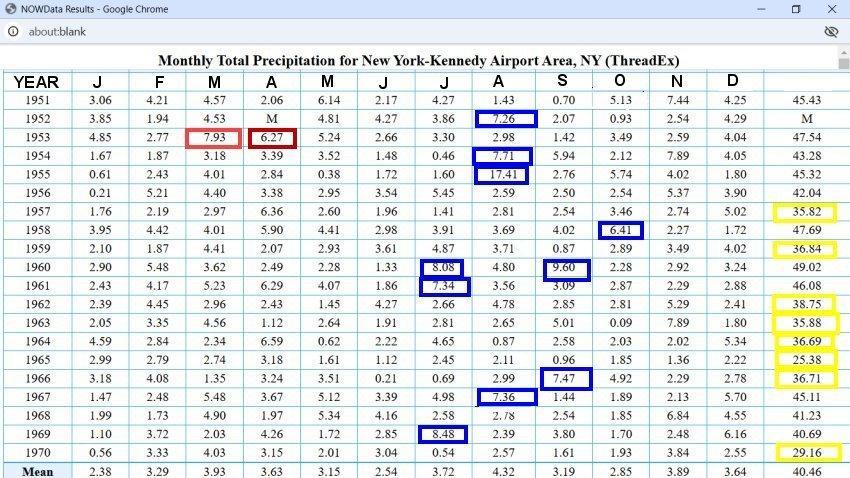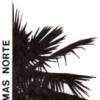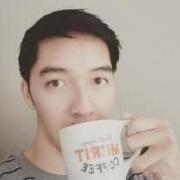Leaderboard
Popular Content
Showing content with the highest reputation on 12/06/2024 in all areas
-
These pictures were sent to me today by a friend in China of the habitat of trachycarpus nanus who collects the seeds. China is such a beautiful country there pictures I would never get to see as tourists in China absolutely beautiful place. The snow covered mountains are near the nanus habitat. Amazing to see enjoy.4 points
-
3 points
-
Define Cold Hardy, it means different things to different people. That's a small list for me - Needle Palm, Chamaerops and Serenoa. That's it.3 points
-
I just used Google Street view , and found this view. Image capture was Oct. of this year . There is some construction happening along the roadway . Looks like various irrigation etc work in the Right of ways . The orange barrels seen along the road tell the tale . The Boxes are probably there to help to protect the trees .3 points
-
I am closer to the epicenter than Jim, didn't feel a thing, typical over-reaction by the mass media.3 points
-
@jwitt I was not aware of the RR2 weather station location. I will need to look into the stats further. With that being said, I believe that there is a microclimate on the hillside between 528 and the pump station. The area has almost completely filled in over the last decade since I planted my first palms. I’m not sure if they are male or female, but I get these flowers on my two larger trachys. you are welcome to as many minor seeds (or seedlings) as you would like.3 points
-
@jwitt I made my way to the future palm oasis of central New Mexico. It’s about a mile from house and a beautiful walk ok this pleasant sunny December day of 60 degrees. I didn’t find of your seedlings, but I planted many more Sabal Minor seeds. I did the same in the flood reservoir that is behind my neighborhood in trinity estates too.3 points
-
A late wonder around the garden starting at the house walking up the backyard. There is a transition from the tropical wet section of the garden, to a dry rocky area moving back down the hill towards the house again the garden changes again with dry tolerant plants on a north west facing slope so plenty of hot afternoon sun up there. It’s a complete transition in comparison to the bottom section below the house with joeys, licualas and all sorts of tropical palms and water loving exotics all within about 25 meters distance from each other its amazing what you can create with a canopy and a bit of irrigation if I was to irrigate the top section it would be a lot of water to create what is in the bottom section.2 points
-
I have two 1-gallon starts of this calla for give away, no shipping, you must visit my garden ! https://www.plantdelights.com/products/zantedeschia-aethiopica-white-giant2 points
-
2 points
-
It is sad, but amusing how few different palms are commonly seen in PR nurseries and how little information is there. I saw this one a few days ago with no label and no price. The nice employee said it was rare and had been there a long time. She called someone to get a price of $40 quite pricey by PR standards. Funny when I asked the name she put her phone in charge and let whatever app identify it as Trachycarpus fortunei. I am thinking Coccothrinax and I like the stiff thin leaflets regardless of the name-if that trait persists into adulthood. They have put it aside for me to consider. I explained about hybridization and how if I got it I would need to at least plant it far away from others that I hope are species. They are considering a lower price if they can’t name it. What’s your guess? The owner of the business will return tomorrow and he MAY remember more.2 points
-
For those curious about the root structure,this appears to be a VERY deep rooted species. Habitat is almost desert like,so it makes sense. Roots would mainly go straight down in search of water, without much side rooting. Looks like they should have been grown in deep stuewe or citrus pots instead of standard 1 gallons,but who knew...?🤷♂️ aztropic Mesa, Arizona2 points
-
My good friend Phil who is retiring from all his pot plants and hanging baskets, has kindly given me a rather large clump or should I say a Ute load of dancing lady orchids. There a fantastic display when in flower and this lot will go as a huge border in the garden somewhere iam sure there is a spot somewhere out there in the jungle that has a bright hot sunny position that will accommodate them.2 points
-
Hope this part of the forum is appropriate for this. California people check in. Hope all are well.2 points
-
@DoomsDave that’s where I got mine and I saw many more there . When I make it back down there I will get a few more! Now that I know how well they do . Harry2 points
-
2 points
-
I don't think it works quite like that - the 25/50/25 ratios work for specific genes in an F2 cross. But then multiply those probabilities across all the genes that are guiding the plants' growth, and it becomes much more interesting! Also, this tree itself might not even be an F1!2 points
-
2 points
-
I have 16 Rayado seeds, collected the end of October. I am currently germinating 5 of them to see if they're viable. I have about 80 Filifera seedlings going now, between 1-2 months old as well. More in the germination process.2 points
-
@NMPalmjunky Save me some minor seeds and I'll work on getting some filifera seed. Give me a couple months. Ps. Does your Trachy bloom? Needing some pollen this spring....if male. Pss that pump station in your neighborhood was the Corrales weather station for some time. I think it really confused the NWS, so they returned it near the river and created another(RR2) near the future palm 🌴 oasis.2 points
-
2 points
-
2 points
-
Didn’t feel a thing here. 7.0 on the Richter scale is a big one but several miles off the north coast in the Pacific so minimal impact on land. My phone blasted a Tsunami warning but none occurred.2 points
-
Large pure unhybridized Phoenix species are pretty much instant death around here now. Feral Phoenix hybrids seem unaffected most likely because they have Pygmy date genes in them. Pygmy dates seem to be more resistant to LB2 points
-
2 points
-
2 points
-
2 points
-
The Christmas holiday season is upon us. Show us your decorated palms. Here’s a short video of the front yard tonight. IMG_0612.mov1 point
-
Mine survived Palmageddon in San Antonio wrapped in lights and a sheet. The only damage was to fronds that "escaped" from the sheet during wind!1 point
-
Hey…I don’t think it’s constructive either, my aim was not to argue or annoy you. My background is NOT in biology/botany…etc. However, my academic backround/career IS in climate science – and when you pour over climate date for 30 years, it can be difficult to read things that are just not true (and I don’t blame people, honestly, I blame the media that hypes the weather and climate, esp. in the USA). Your point about the UK being the upper limits for where CIDP can be grown certainly has merit. I would guess that the UK would be the upper limits of where cultivation is possible, so I’m sure your insights are of value. To be honest, while I think CIDP are very attractive palms, I have not really paid attention to them as much as other palms. Here on the East Coast of the USA from Florida to around southeast North Carolina, they are often used in municipal/commercial plantings and not private landscape situations as much, at least to some degree, that really is my only exposure to them. As to the precipitation in NYC and the effect on CIDP – there are several important things to keep in mind if you want to have true understanding of the character of its climate (and for that matter, most humid-lower middle latitude/subtropical climates in general). I agree, that you're likly experincing a wet - boggy conditions...but the character of precip and what happens after it falls is a bit different up where you are compared to NYC (and most locations below 40 latitude) : As a side note - the 49 inches is for Central Park (Manhattan)… where the OP is located is out toward Long Island (Queens), where the average 43 inches annually (JFK station). There is much conjecture as to why – but it seems logical that the UHI and uniqueness of Manhattan Island plays at least some role. 1) In NYC there is often large swings in annual precip. In a 20-year roll of seasonal precip at JFK…3 years had between 47- and 49-inches years…yet 4 years had between 25 and 35 inches (yellow). Look at even some of the years close to normal precip (40 – 43 inches), like 1969, 1968, 1955, ect - a single heavy rain event/tropical system saved the year from having below normal precip. 2)Also, notice WHAT PART OF THE YEAR the heaviest precip (blue) occurred? Nearly every higher precip month occurred in SUMMER . Often this is the result of tropical storms or their weak dying remnants/or brief heavy convective showers. While the rain from these systems is heavy …the heat and sun evaporate the antecedent precip very quicky. This also is what I was trying to get across about the climates of the lower East Coast. NYC is a warm temperate climate on the margins of the subtropics – in a REAL subtropical climate the above effects are much more acute: Look at Orlando – how many months had less then 1 inch of rainfall…and think of what the power of evopration is when there is no rain. If there is only 1.7 inches of rain in London and the average high is 59 F in April...think of what the rate of evoraporation is in Orlando if there is only 1.7 inches of rain and the average high is 84F in the same month (and the sun is at 28 N latitude instead of 52 N). Plants experince transpiration rates many times higher in lower latitudes than higher latitudes The point, sun intensity and high temps combine to produce extremely high rates of evorpaortion. Combine that with the wide swings in wet/dry years and the way it which seasonal rainfall is expericed in NYC, and I would guess CIDP would not have any issue with too much moisture (again assuming it is COVERED from Dec – Feb). As far as the Poland CIDP ...it's interesting. As a side note, while NYC gets half the annual precip...it also is warmer in winter...and hotter in summer. Using Warsaw (34 F in January) and 78 F in July...while NYC is 39 F in January....and 85 F in July.1 point
-
1 point
-
1 point
-
Dead. Just assume everything is dead. Anything that isn't dead is a pleasant surprise 😂 There were some more around town. Seems to do well for the most part1 point
-
1 point
-
Exactly what @ruskinPalms said... in our area of Florida, you can see examples of 100% natural-grown Sabal Palmettos in the wild with the disease. I've seen them along the Manatee River infected. In my area and observations though, the Sabals don't seem nearly as vulnerable as Phoenix palms. You'll see a stand of countless Sabal Palmettos and maybe a couple will have the disease here and there. And the new installs of Sabal Palmettos in neighborhoods seem to have very high rates of survival. But I don't know why they're still installing Phoenix palms in new neighborhoods. They die before the houses even get fully built.1 point
-
This one (in above photos) is planted in course gravelly type medium, & top dressed with small aggregate, so reasonably good drainage. I can only assume this was brought in as part of the landscaping prior to our ownership. Once the roots reach deep enough they'll contact the backfill that was used during the site prep for the build. Another is in a raised planting area and a third is growing in the muck (as I call it).1 point
-
This is so great! I'm helping my garden! Yay!1 point
-
It depends on the fungal rot, if that's what it turns out to be: Bud rot - frequently curable with hydrogen peroxide, Daconil, Mancozeb, or a copper-based fungus. You can try squirting some hydrogen peroxide into the crown and see if it bubbles. If so then treat 3x per week with H2O2 followed by Daconil 1-2 hours later. Quit treating when the H2O2 stops bubbling up. Upper trunk rot - Thielaviopsis fungus. This is incurable and is generally in the top 2-3 feet, just below the point where the old crownshafts fall off. It's in the air all the time and frequently enters palms through fresh cuts in green tissue. It's considered safe to replant in the same spot. You can see pictures of "sudden canopy collapse" here: https://edis.ifas.ufl.edu/publication/PP143 Lower trunk rot - Ganoderma fungus. This stays in the soil for decades, so it may be risky to replant in the same spot with any other palm. The risk is impossible to put a number on...is it 1% or 86.426%? No clue. One PTer decided to test it by cutting down a palm that was killed by Ganoderma, hollowing out the trunk base, and planting another palm directly in the rotted trunk! Unfortunately NOT A TA passed away a couple of years ago, so I think this is the only remaining photo of the experiment: Wind damage - no problem, obviously.1 point
-
It most certainly is the best food a palm can get. That's what they eat in there natural habitat. I just chop my ones up when I get around to it if there green or desiccated either way chop them up it’s fantastic mulch. Your garden will love it. I don’t look at the botanical garden good look nice wood chip or super good looking mulch point of view I look at practically that works creating a natural environment in my garden. And any gardener will agree any mulch is better than no mulch be it a nice botanical garden or a paradise created at home if it works keep doing it!1 point
-
I think they take a lot years to seed so no threat to the Everglades yet. The stand of archontophoenix are maxima and this is the first year it has set seeds, I think a few people might be interested in some seed from it I know iam.1 point
-
1 point
-
1 point
-
Congrats! An awesome surprise. I also had a container cycad recently cone out of nowhere. It is a weird and exciting experience when you are not expecting it, more so when you are now able to identify the plant. Ryan1 point
-
Why not include "NC" in the title - there's dozens of towns named Fayetteville. And saying it's zone 7 hardy can be misleading since the parent palm is in zone 8. Maybe the parent palm survived a freakish zone 7 type low temperature once but it might not survive that temperature multiple times like it would in zone 7. Maybe it would, but hard to say for sure. It would be safer to say that the parent palm survived x° temperature.1 point
-
1 point
-
1 point
-
Into the “jungle planter” which is the first area planted about 3.5 years ago. This was all just bare grass hillside originally. Filling in nicely and creating pathways through it all now for the dogs and myself: Rocky 2.0 stopped to check out this crazy mutant Chrysalidocarpus Malcomberi Hybrid that has decided to split like crazy: Coming out of the jungle path you see Metroxylon Amicarum: looking down the driveway. Chrysalidocarpus Prestonianus hybrids on each side: further down the driveway are Chrysalidocarpus Hovomantsina on each side:1 point
-
1 point
-
Update on my Rhapis vidalii seedling. It was the only one of the 5 (expensive!) RPS seeds from Vietnam that germinated and survived. Very fast growth over 2+ years. It's now putting out side shoots. Seems to be able to easily handle seasonal temp. fluctuations from 40 deg F. to 100 deg. F. in my sunroom. Very refined looking palm.1 point
-
1 point

